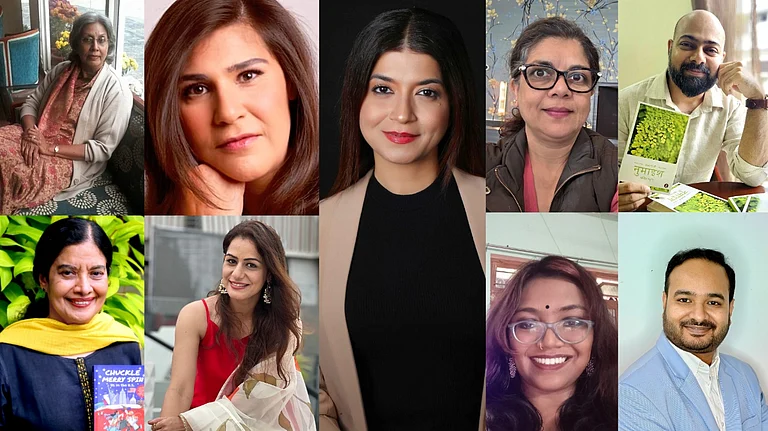Is Alice Munro guilty?
"Guilty of what?” One might ask. “Of being morally ambiguous? Of being hypocritical? Of living a life of pretence--being one person to millions of her fawning readers and another in real life?” Perhaps of all three. Her indifference to the sexual abuse of daughter Andrea Robin Skinner by her second husband Gerald Fremlin carries the strong stench of deceit and complicity as well as that of intellectual dishonesty.
Munro, the Nobel laureate who recreated the ordinary lives of women with extraordinary vividness by weaving in layers of muted rebellion, eloquent silences and psychological depth, was expected to defend her daughter. This, according to most of her readers, amounts to betrayal of trust, not only of Andrea but also of theirs.
She should have, but didn’t. The fact stands. But does it diminish Munro as a writer? No. When you conflate the writer and her creations, blurring the separate identities they could have, it becomes problematic. It’s a problem of our own making. We habitually forget that they can be distinct entities.
This brings us to the fundamental question: is the creator, the person, more important, or is it his/her body of work? Oscar Wilde was convicted for ‘gross indecency’ for his homosexual affairs. Charles Dickens lived a rather scandalous life with different women at different points of his life. Virginia Woolf had an open marriage. The body odour of Michelangelo was so obnoxious that his coworkers could hardly stand near him. His sexual promiscuity made Somerset Maugham a scandalous character.
But do their picadilloes and indiscretions at the personal level make a difference to their work? More importantly, should it to us readers? Wilde’s The Picture of Dorian Gray would still remain a classic, as would Dicken’s Great Expectations and Oliver Twist. The timeless appeal of The Moon and Six Pence of Maugham, and the 'Pieta' and 'David' sculptures of Michelangelo would continue. Nobody remembers the artists for their personality flaws; their creations are their identity.
The tendency to lend perfection to our heroes is a human flaw that goes deep. When we imagine a Sachin Tendulkar or MS Dhoni or some historical character we adore, we not only worship their proficiency in their chosen fields, we picture them as a complete package of all likeable human qualities. We create a larger-than-life image for them and are disappointed when they fall short. If the fans of Alice Munro are an unhappy lot after the news of her sexually abused daughter did the rounds, then it’s something they have to deal with.
Who ascribed her the qualities of moral rectitude and freedom from pretensions? She never made any holier-than-thou claim. When she was awarded the Nobel Prize in Literature in 2013, the case of Andrea’s abuse by her step-father was already in circulation. The Nobel Prize judges were going strictly by the literary merit of her work. The controversy surrounding her personal life did not have any influence on the decision. There’s a takeaway for all of us here: savour the delights of her short stories and her ability to give a magical touch to the quotidian. Everything else is immaterial.
Akshaya Mishra is Editor at perspectivebytes.com







.jpg?auto=format%2Ccompress&fit=max&format=webp&w=768&dpr=1.0)














